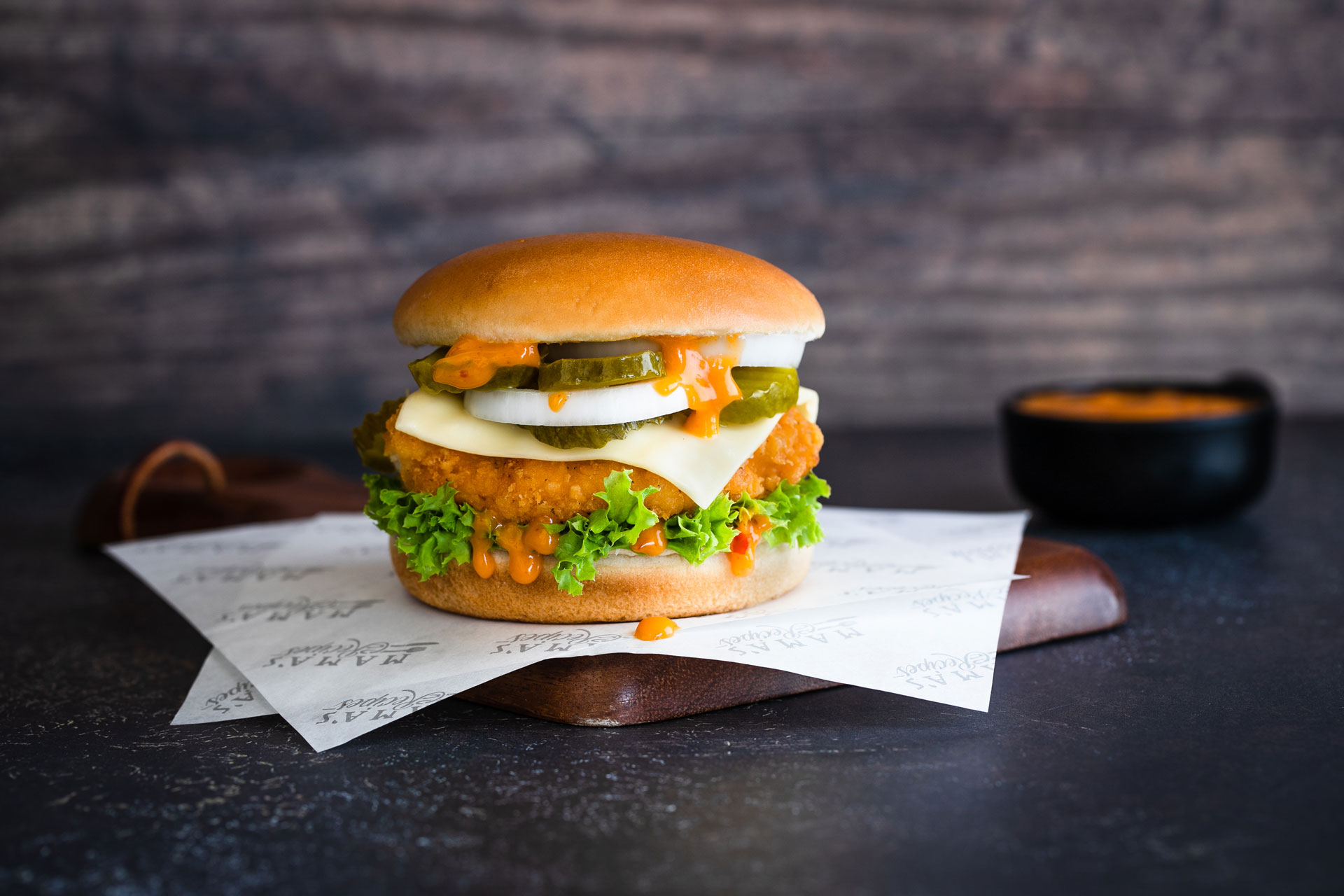Food photography is an art form that combines the visual appeal of food with the technical skills of photography to create mouthwatering images that evoke the senses. From capturing the vibrant colors of fresh produce to highlighting the intricate details of a decadent dessert, food photography has the power to make viewers crave a dish they have never even tasted.
One of the key elements in creating appetizing images with food photography is lighting. Natural light is often preferred for its soft and flattering effect on food, but artificial lighting can also be used to achieve a specific mood or style. The angle and intensity of light can dramatically alter the appearance of a dish, bringing out its textures and colors in different ways.
Composition is another crucial aspect of food photography. By carefully arranging elements within the frame, photographers can create visually appealing images that draw viewers in and make them want to reach through their screens for a taste. From overhead shots that showcase an entire spread to close-up shots that focus on mouthwatering details, there are endless possibilities for creating captivating compositions with food.
Props play an important role in setting the scene for a food photograph. Whether it’s vintage silverware, rustic wooden boards, or colorful napkins, props can add personality and context to an image, making it more engaging and relatable to viewers. By selecting props that complement the style and theme of a dish, photographers can enhance its visual appeal and create a cohesive aesthetic.
Editing is another essential step in creating appetizing images with food photography. By adjusting colors, contrast, and sharpness in post-production software like Adobe Lightroom or Photoshop, photographers can fine-tune their images to perfection. Editing allows photographers to correct any imperfections in lighting or composition and enhance the overall visual impact of their photographs.
Ultimately, successful food photography relies on capturing not just the appearance but also the essence of a dish. By focusing on textures, shapes, colors, and flavors, photographers can convey the sensory experience of eating through their images. Whether it’s showcasing steam rising from a bowl of soup or capturing crumbs scattered around a freshly baked loaf of bread, these subtle details help bring a photograph to life.
In conclusion, food photography is about more than just taking pictures; it’s about creating art that stimulates our senses and ignites our appetite. By mastering techniques such as lighting, composition, props, and editing, photographers can transform ordinary dishes into extraordinary works of art that leave viewers craving more.

